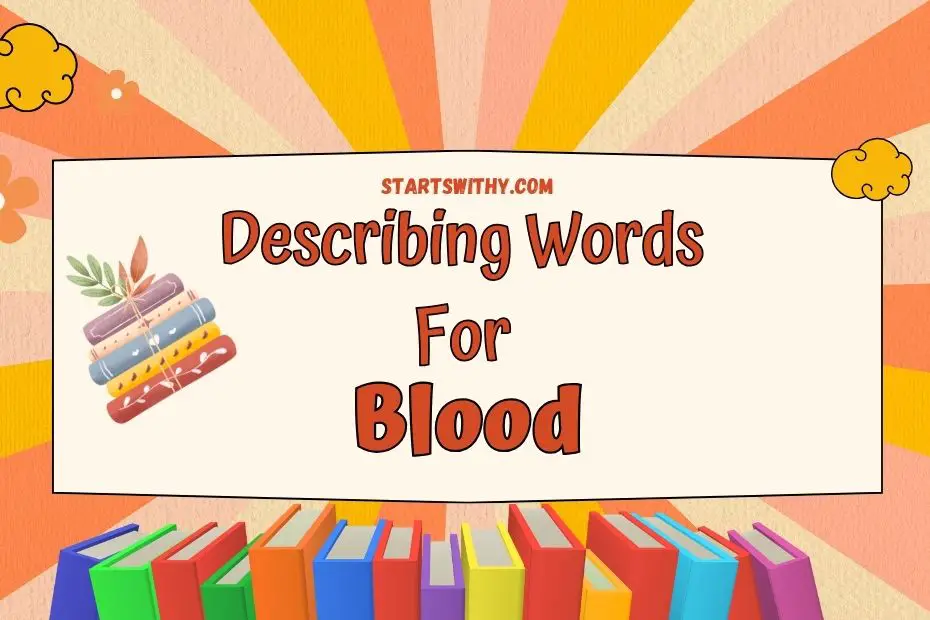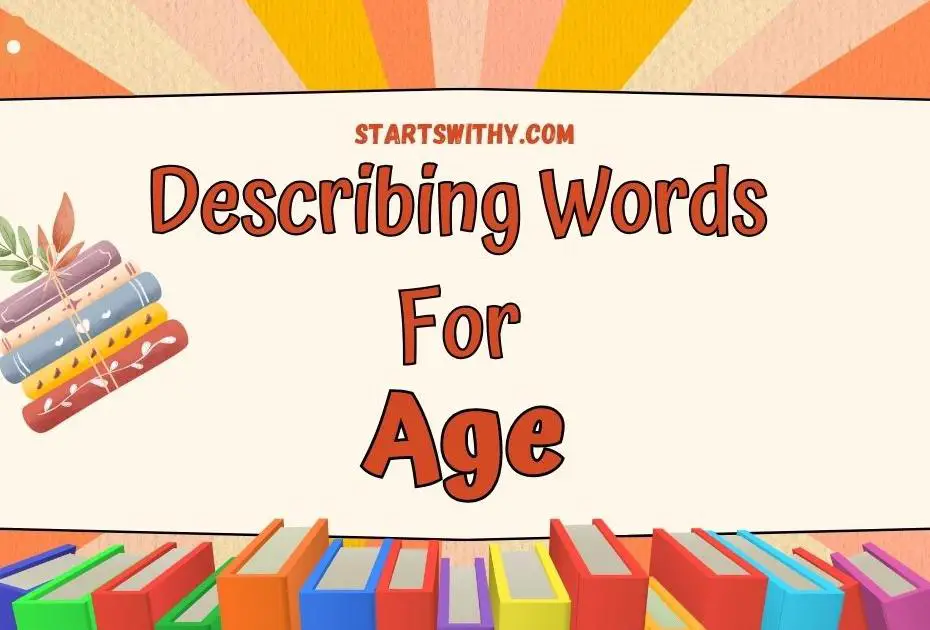Ever stumbled upon adjectives ending in “-ed” and “-ing” and found yourself scratching your head over their differences? I know I have! It’s easy to mix them up, but they’re not interchangeable. In fact, knowing when to use each type can make a world of difference in your writing.
What are adjectives ending in “-ed” and “-ing”?
In my experience, preschool and kindergarten teachers often look for effective ways to introduce adjectives to their young learners. Recognizing adjectives that end in “-ed” and “-ing” is a great starting point. These adjectives come from verbs and describe feelings or states.
The “-ed” adjectives typically tell us about emotions someone has because of something that has happened. For instance, the word “amazed” signifies that something has caused a person to feel amazement. When I teach these words, I ensure the children understand that the action affecting the person has usually already occurred. Here are some examples:
- Tired (because someone didn’t sleep well)
- Frightened (because they saw something scary)
- Bored (because they find an activity uninteresting)
Conversely, “-ing” adjectives often describe the thing that causes the feeling or state. These words give us insight into the characteristics of a person, a thing, or an experience. For example, “amusing” does not mean that something is experiencing amusement, but rather that it causes amusement in others. This distinction helps kids grasp why someone or something is interesting or boring. Here are examples to clarify:
- Exciting (something that makes someone feel excited)
- Confusing (something that can cause confusion)
- Tiring (an activity that can make someone feel tired)
When introducing these terms to the children, I use diverse vocabulary to keep their interest sharp and their learning experience rich. I exhibit pictures, tell short stories, and have them describe objects or characters from books and activities using both “-ed” and “-ing” adjectives. This approach assists them in not only expanding their vocabulary but also in understanding the subtle differences in word usage that reflect changes in meaning.
Forming adjectives ending in “-ed”
Forming adjectives that conclude with “-ed” typically involves adding the suffix to the past tense form of a verb. This process often signifies a completed action that causes an emotional response or a state of being. When I prepare lesson plans for my students, I make a point to incorporate these adjectives in a way that’s straightforward for them to grasp.
First, let’s consider the base verb. If it’s a regular verb, forming the past tense and, consequently, the “-ed” adjective is usually as simple as adding “-ed” to the end. For instance, if the action has finished and it was thrilling, the verb “thrill” becomes “thrilled” when describing someone’s feelings.
However, English is never without its exceptions. With irregular verbs, the “-ed” adjective form doesn’t always follow this pattern. Take “terrify,” for example: the correct adjective form is “terrified,” not simply add “-ed.” I’ve observed that visuals aids can be invaluable in helping children remember these irregular forms.
In the classroom, I employ a few strategies to make this learning process effective:
- Use context-rich sentences that have a clear subject experiencing the emotion
- Introduce relatable stories containing characters with strong emotional responses
By providing multiple examples and practice sentences, the young learners begin to understand how to form and use “-ed” adjectives accurately.
Supplementing lessons with engaging activities also strengthens their grasp on these adjectives. These activities might include:
- Matching games pairing verbs with their corresponding adjectives
- Sentence completion exercises focusing on emotional states
- Creating short, descriptive paragraphs about their own experiences using “-ed” adjectives
Accuracy is key, so I make sure to correct children’s work with gentle guidance, steering them toward the correct usage while fostering a positive learning environment. Through repetition and clarity, these “-ed” adjectives become part of their expressive toolset, enriching their language skills and communication abilities.
Forming adjectives ending in “-ing”
When teaching young learners about adjectives that end in “-ing,” it’s essential to start with the basics. These adjectives are formed by taking the base form of a verb and adding the “-ing” suffix. This tends to imply an ongoing action or state, and understanding this concept is crucial for kindergarten and preschool children as it shapes how they perceive and describe the world around them.
For instance, when I introduce words like “amazing” or “exciting,” I ensure children recognize that these terms express something that is currently producing amazement or excitement. It is not just about memorization but about helping children connect with the meaning behind the words. Here’s how the conversion from a verb to an adjective typically looks:
- Verb: amaze
- Adjective: amazing
I use a variety of engaging activities to reinforce the learning process:
- Illustrating actions through pictures or videos that clearly show something is happening, such as a “running” faucet to represent the adjective “running.”
- Encouraging kids to act out verbs that can convert into “ing” adjectives, like “jumping” on a trampoline, which creates a direct, sensory link to the adjective “jumping.”
- Creating simple, repetitive songs that incorporate “ing” adjectives, which children love and easily remember.
Key strategies to emphasize when presenting these adjectives are context and usage. I often include them in sentences that make their meaning clear:
- The singing bird sounds beautiful.
- The crawling baby reached the toy.
While children might not grasp every grammatical rule behind adjectives ending in “-ing,” they’ll start recognizing patterns and uses through consistent exposure. Regular practice with these words in different context-rich settings enhances their language skills significantly.
Incorporating multisensory learning experiences, like touch and movement, can also facilitate this learning process. By associating the “ing” adjectives with tangible experiences, children are more likely to understand and remember them.
Teaching adjectives with “-ing” should be an interactive and dynamic process, where I constantly adapt to the responses of the children, ensuring they’re not just repeating the words but also understanding and applying them appropriately. Thus, I always seek to create a supportive learning atmosphere that encourages curiosity and enthusiasm for language.
Differences in meaning
When I delve into the realm of adjectives with endings “-ed” and “-ing,” it’s crucial to underscore their distinctive meanings which could sometimes cause confusion. Adjectives ending in “-ed” describe the feeling someone has, while “-ing” adjectives describe the cause of the feeling. This subtle yet significant difference can change the sentence’s entire meaning.
Let’s explore some examples to clarify this point. Consider the word “interested.” When I say, “I’m interested in teaching young learners,” the “-ed” ending indicates my state of feeling. On the other hand, when a book is described as “interesting,” the “-ing” suffix points to the book’s ability to provoke interest. This distinction is vital when teaching the use of these adjectives to children as it helps them grasp the nuance in English language expressions.
| Adjective Form | Description | Example Sentences |
|---|---|---|
| -ed | Individual’s feeling | “The children seemed bored during the lesson.” |
| -ing | Cause of the feeling | “The lesson wasn’t engaging enough for them.” |
For practical teaching strategies, I suggest pairing adjectives with visual expressions. An “excited” child’s picture next to an “exciting” roller coaster can illustrate the feeling versus the cause. Real-life connections with tangible examples serve as an effective teaching aid. Storytelling, where characters express feelings or react to stimulating events, can also solidify this concept.
Remember, mastering adjectives ending in “-ed” and “-ing” expands a child’s descriptive capabilities. It’s about helping them to articulate not only how they feel but also what influences those feelings. This allows the children to communicate more effectively and develop an enriched vocabulary.
My role is to create an environment where learning is not just about memorization but about understanding the function of language in our everyday interactions. My experiences have shown that incorporating games, role-play, and group discussions fosters a deeper understanding of these adjectives.
By focusing on these differences and employing interactive methods, I’m not simply teaching adjectives; I’m equipping young minds with tools for effective communication. And in the grand scheme of language learning, that’s an invaluable skill.
Examples of adjectives ending in “-ed” and “-ing”
When teaching young learners about adjectives with “-ed” and “-ing” endings, it’s crucial to have clear examples. With such examples, I can help children grasp the nuanced differences in these descriptive words. Let’s dive into some illustrative pairs to shed light on their proper usage.
Imagine a child struggling with a particularly difficult jigsaw puzzle. They might feel “frustrated.” Here, “frustrated” is an “-ed” adjective expressing the child’s feeling. On the flip side, if I refer to the puzzle itself as “frustrating,” I’m using an “-ing” adjective to describe the object causing the feeling.
Visual aids like facial expressions can be powerful tools in teaching these concepts. When showing a picture of a person with a big smile, I might describe the individual as “excited,” again an “-ed” adjective that portrays an emotion. Then, shifting focus to the thing that brought about this happiness, whether it’s a surprise party or a beloved pet, I would use an “-ing” adjective such as “exciting” to accurately depict the source of excitement.
To fortify understanding, it’s essential to involve children in interactive activities. Acting out short skits or sharing stories where they get to use “-ed” and “-ing” adjectives can be both engaging and instructional. For instance, a role-play about a boring lecture could include expressions like “I’m bored” and “The lecture is boring.” By using these adjectives interchangeably in a story or play, children begin to understand how feelings differ from the objects or events that cause them.
Incorporating a rich variety of adjectives is beneficial. Below is a list of paired adjectives that are commonly used and easy for children to understand:
- Bored / Boring
- Interested / Interesting
- Scared / Scary
- Amused / Amusing
- Tired / Tiring
Interactive whiteboards or colorful flashcards depicting these pairs can serve as excellent visual cues. Repeating the adjectives in diverse contexts, such as sentences or storytelling, helps ingrain their meanings and uses in the children’s vocabulary. Working on this together allows the students to associate personal experiences with the proper adjective form, which in turn enhances their descriptive language skills.
Conclusion
Grasping the nuances between “-ed” and “-ing” adjectives is crucial for enriching children’s language skills. Through visual aids and interactive methods like storytelling and role-playing kids can learn to distinguish and use these descriptors with ease. Remember the key is to immerse them in a variety of contexts where these adjectives come alive. With practice they’ll be describing their world with vivid detail that captures emotions and states with precision. Let’s nurture their linguistic abilities and watch their communication skills flourish.



